1. The Fourth of July Fireworks

Every year on the Fourth of July, Americans light up the night sky with fireworks, celebrating the country’s independence. While the display is beautiful, it often confuses people from other nations, who wonder why such loud and extravagant displays are necessary for a national holiday. To outsiders, it might seem like an odd tradition, especially when they see people going all out, even in neighborhoods, sometimes without any special event or ceremony. For some, it’s a unique way to show patriotism, but others might find the constant noise and chaos a bit excessive.
In many countries, national holidays are marked with quiet ceremonies or peaceful family gatherings, so the loud explosions seem like overkill. Add in the fact that fireworks can be dangerous and create a mess, and it’s easy to see why it’s a confusing practice. Yet, the tradition persists, even though it can often leave local wildlife and pets scrambling for safety. Despite the noise, for many Americans, it’s just not the same without the spectacle.
2. Tipping

In most parts of the world, workers earn a set wage, and tips are often seen as optional or a nice bonus. But in the U.S., tipping is essentially an expected part of the service industry experience. Whether you’re at a restaurant, a hotel, or even a coffee shop, leaving a tip is often seen as a requirement. In fact, servers and bartenders rely on tips to make a substantial portion of their income, which can feel strange to those from countries where a fair wage is considered standard.
For visitors, this can be awkward, especially when they’re unsure how much to tip or if they should leave a tip at all. The lack of a clear tipping culture in other nations leads to confusion and misunderstandings when traveling to the U.S. It’s hard for foreigners to grasp why an extra 15-20% is expected, and why failing to tip might be seen as rude, even if the service was fine.
3. Baby Showers
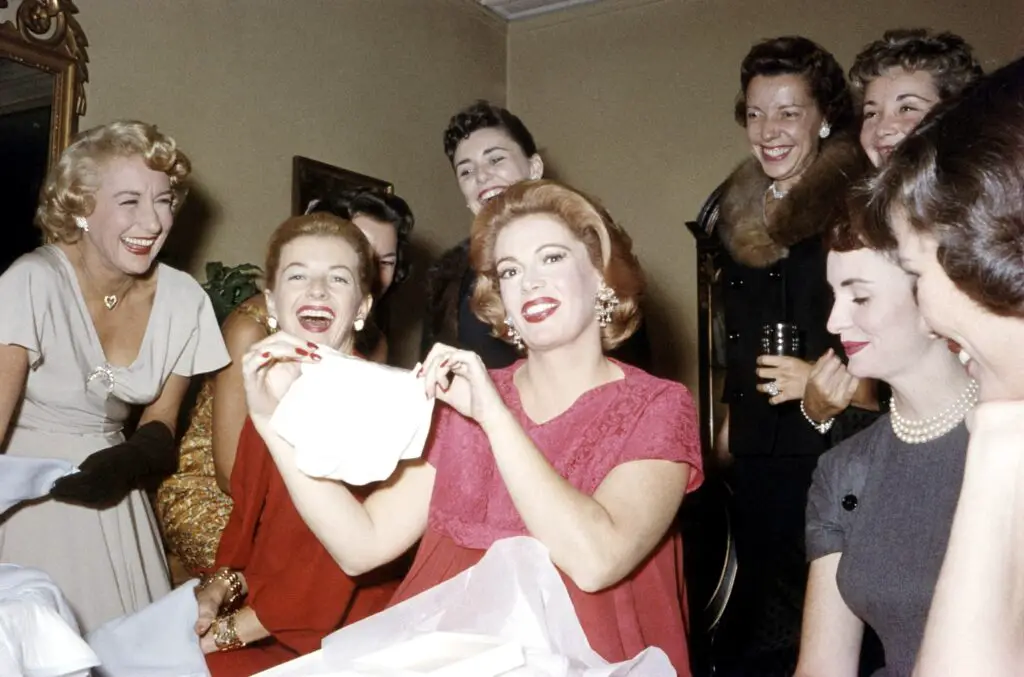
Throwing a baby shower before a child is born is an American tradition that has puzzled many people from other countries. The idea of celebrating a baby that hasn’t even arrived yet seems strange to those unfamiliar with the practice. In other parts of the world, the focus is more on post-birth celebrations, often in a much more private setting. The American version tends to be a large, festive event with gifts, games, and plenty of food and drinks.
For non-Americans, it can seem like the party is more for the parents than for the baby, who hasn’t yet made its debut. The concept of having a gathering solely to give the expectant parents gifts might not make sense to everyone, especially in cultures where modesty and simplicity are more highly valued. Still, it remains a cherished tradition in the U.S., with many feeling it’s a lovely way to share the excitement of welcoming a new life.
4. Pumpkin Spice Everything
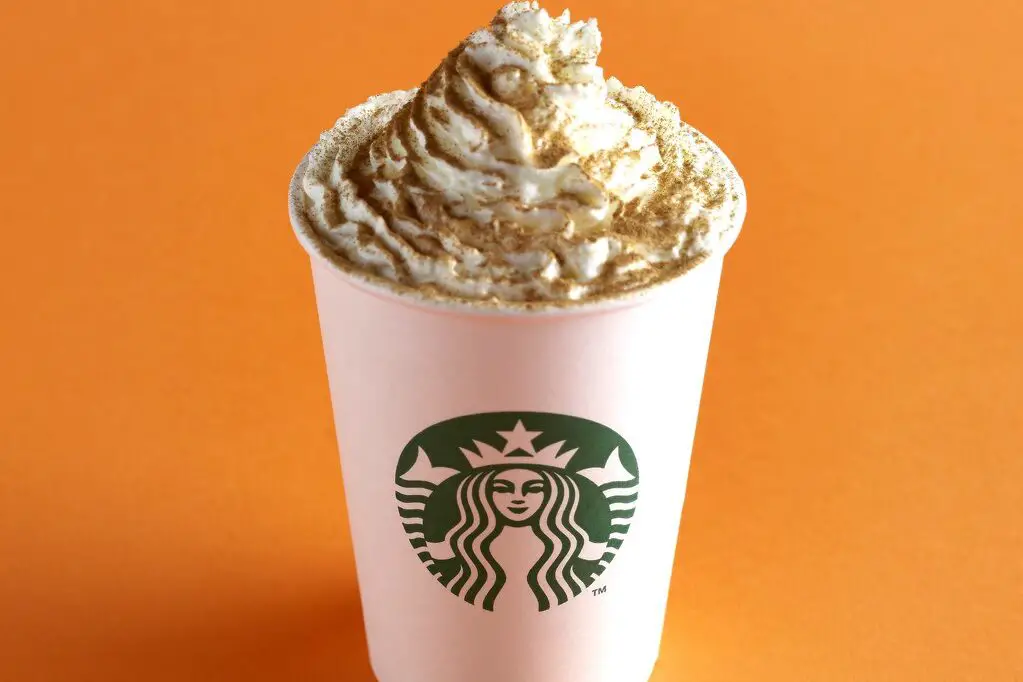
Come fall, the U.S. goes crazy for pumpkin spice. From lattes to candles, there’s a pumpkin spice version of nearly every product. While it’s beloved by many Americans, to outsiders, the obsession with this one flavor can seem a bit over the top. It’s not just the coffee shops but also supermarkets and bakeries that jump on the pumpkin spice bandwagon, creating everything from pumpkin spice muffins to pumpkin spice toothpaste.
To those unfamiliar with the tradition, the question arises: why is this flavor so essential to the American fall experience? It might be hard for people in other countries to understand why the simple combination of cinnamon, nutmeg, and cloves has become such a seasonal sensation. The idea of turning pumpkin into a flavoring for nearly every product seems excessive to them, yet it’s become a hallmark of fall in America, with millions flocking to their local stores to enjoy the seasonal offerings.
5. College Football Tailgates
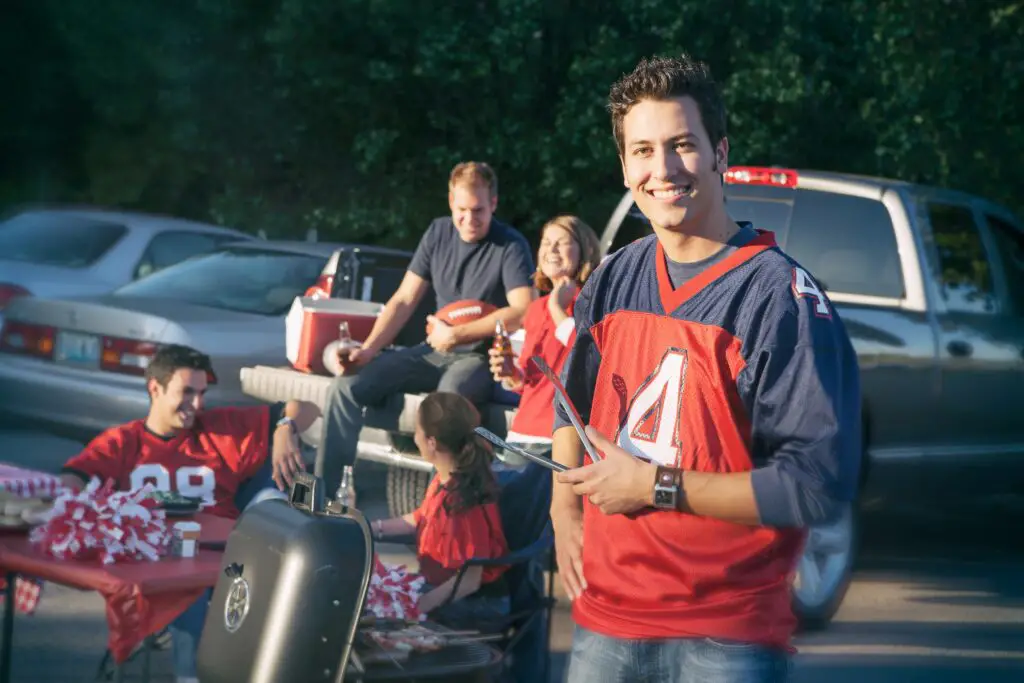
Tailgating before a college football game is a huge tradition in America, but it seems almost excessive to outsiders. The idea of setting up elaborate spreads of food and drinks in parking lots hours before the game even begins can be baffling to those from countries where football (soccer) doesn’t require this level of prep or socializing. In other parts of the world, the focus is on watching the game, not spending hours preparing for it.
What might seem even stranger is the culture of competition around tailgating. Fans often go all out with tents, grills, and elaborate food spreads, turning the pre-game ritual into a major social event. The focus is as much on the tailgating experience as it is on the game itself, making it feel like an odd tradition for those who don’t understand why such effort is put into a simple pre-game gathering.
6. The “Hokey Pokey”
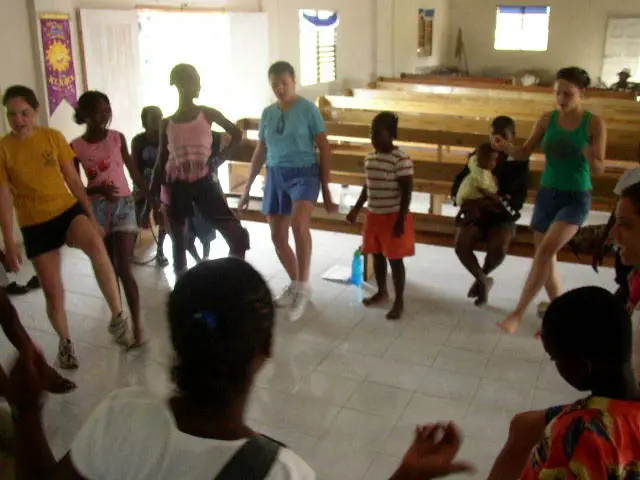
This children’s dance has been a staple at American parties for generations, and it’s a ritual many people love. However, for those who’ve never experienced it, the Hokey Pokey might seem a bit nonsensical. The simple movements of putting your left foot in, taking it out, and shaking it all about make no real sense when compared to more traditional dances or games.
To outsiders, the idea of adults and children alike participating in this silly routine can seem a bit perplexing. Why is this silly, repetitive song such a mainstay at events like birthday parties, family gatherings, and even school dances? Yet, for many Americans, it’s a fun and nostalgic tradition that’s still a favorite way to break the ice at a celebration.
7. Halloween Costumes for Adults
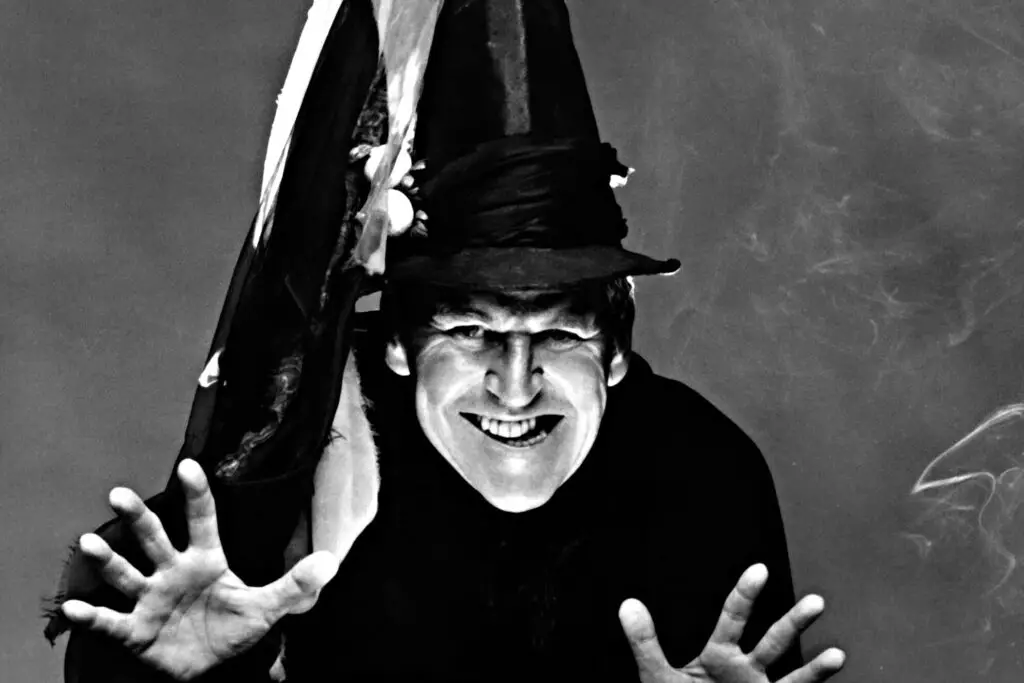
Halloween has long been a tradition for children, but in the U.S., it’s just as much about adults dressing up. From wild costumes at parties to office costume contests, it’s an occasion for everyone to embrace their inner child. This can seem odd to people from countries where adults aren’t encouraged to engage in such playful activities.
The idea of adults spending money on elaborate costumes can be baffling, especially when Halloween is seen as a children’s holiday in other cultures. For those who don’t partake in this tradition, it’s hard to understand why people would willingly dress up and act like children, even well into their 30s or 40s. Yet, it’s a tradition that continues to grow in popularity, with some adults even going so far as to host costume-themed parties.
8. Black Friday Shopping Frenzy

The day after Thanksgiving, known as Black Friday, has become an American tradition, with stores offering massive sales and discounts. However, the chaos and crowds that ensue often leave foreigners scratching their heads. Why would anyone willingly subject themselves to the stress of standing in long lines or battling through crowds to snag a deal?
For many people in other countries, this frantic consumerism seems unnecessary. While sales exist in many places around the world, few countries see the kind of mayhem that happens in the U.S. on Black Friday. The idea of waking up early to fight for discounted electronics or toys seems like an overwhelming way to celebrate the holidays.
9. Sweet Tea

In the southern United States, sweet tea is a beloved beverage that many Americans can’t live without. It’s a simple concoction of iced tea and a lot of sugar, yet to those from other parts of the world, it’s an odd way to drink tea. Many countries, especially in Europe, have a much more reserved approach to tea drinking, preferring it hot and without any sugar.
The over-sweetened, iced variety can seem like a strange novelty to those who prefer their tea in a more traditional manner. To foreigners, it’s puzzling why sweet tea is so widely consumed, especially when it’s often paired with meals. The concept of “sugary tea” as a staple beverage seems a bit foreign to many cultures where tea is a sophisticated, comforting drink.
10. The “Sunday Drive”

In the U.S., the Sunday drive is a time-honored tradition, where families hop into their cars for a leisurely trip, often with no destination in mind. This slow-paced outing can seem strange to people from countries where driving is mainly for transportation and efficiency. The idea of taking a drive for no particular reason other than to enjoy the scenery can appear wasteful to outsiders.
For those in places with more efficient public transportation or a more utilitarian approach to travel, the Sunday drive feels unnecessary. In other countries, driving is more functional, not something to do for relaxation or entertainment. Yet, the Sunday drive remains a cherished activity for many Americans, who enjoy the simplicity and calm of the open road.
11. The “Bachelor” and “Bachelorette” Parties
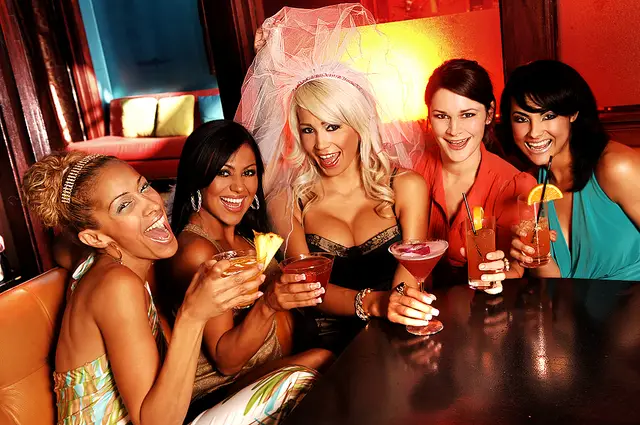
Before tying the knot, many Americans throw extravagant bachelor or bachelorette parties, often filled with questionable activities and over-the-top celebrations. To those outside the U.S., the concept of a wild, pre-marriage party might seem like a strange rite of passage. In some cultures, weddings are seen as more serious affairs, and the idea of celebrating with a party full of chaos and debauchery is foreign.
While the “last hurrah” before marriage has gained popularity in other parts of the world, it’s the American-style extravagance that makes it stand out. Whether it’s a night out on the town or a weekend getaway, the focus is often on having one last “freedom” before settling down, a sentiment that doesn’t necessarily translate in other cultures. The idea of spending so much time and money on a party for a soon-to-be-married individual might seem unnecessary to others.
12. Gender Reveal Parties

In recent years, gender reveal parties have taken the U.S. by storm. Expecting parents host elaborate events to announce the sex of their baby, often involving balloons, confetti, and sometimes even fireworks. While it’s become a huge cultural trend, the concept doesn’t make much sense to people in other countries, where babies are just celebrated after birth, not before.
In many places, the gender of the baby is either not revealed ahead of time or is kept a private matter until birth. The elaborate reveals—often involving costly decorations or even hazardous stunts—are seen as unnecessary by those from countries with more reserved approaches to baby-related celebrations. Yet, for many Americans, a gender reveal has become an essential part of the excitement of pregnancy.
13. The Thanksgiving Feast
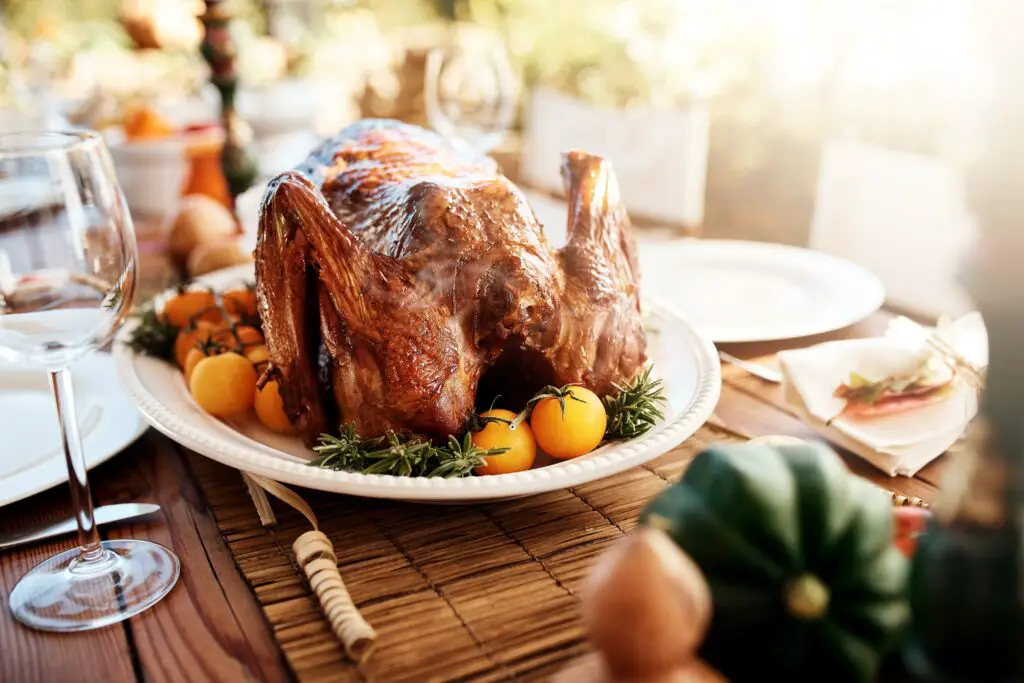
Thanksgiving is a uniquely American holiday, marked by a huge feast that often includes turkey, mashed potatoes, and pumpkin pie. For people from other cultures, the concept of celebrating a holiday centered solely around food can be confusing. While many countries have their own versions of harvest festivals, Thanksgiving’s emphasis on a massive meal of turkey seems excessive.
To those unfamiliar with the tradition, it’s hard to understand why such a feast is necessary. The idea of spending hours cooking for a meal that lasts only a few hours, followed by a day of relaxation, can feel a bit over-the-top. Still, for most Americans, it’s an event they look forward to all year.
14. Tailgating Before Sports Events

In the U.S., the tradition of tailgating—eating, drinking, and socializing in the parking lot before a sports event—is a time-honored ritual. It involves setting up grills, tables, and games in parking lots, often hours before the event starts. This custom might seem odd to visitors, who wonder why such elaborate preparations are made before the main event.
For many in other countries, the idea of spending the day before a sports event in a parking lot instead of preparing for the game itself seems baffling. The tailgate party is often more about the social experience than about the game, and that’s something that doesn’t always translate to other cultures. While tailgating is a beloved part of the American sports experience, it’s hard for outsiders to understand its importance.
15. The Super Bowl Party

The Super Bowl is one of the biggest annual events in America, and the parties that accompany it are just as important as the game itself. While the game draws in millions of viewers, many Americans celebrate with friends, food, and drinks. For those from other countries, the idea of throwing a massive party for a football game, complete with themed snacks and games, seems like an unnecessary level of enthusiasm for a sporting event.
The way the Super Bowl has evolved into a cultural phenomenon is baffling to some. For people in countries where football (soccer) is the primary sport, the idea of a party centered around an American version of football can be confusing. Yet, in the U.S., it’s as much about the social gathering as it is about the game.
16. The “Bachelor” TV Show
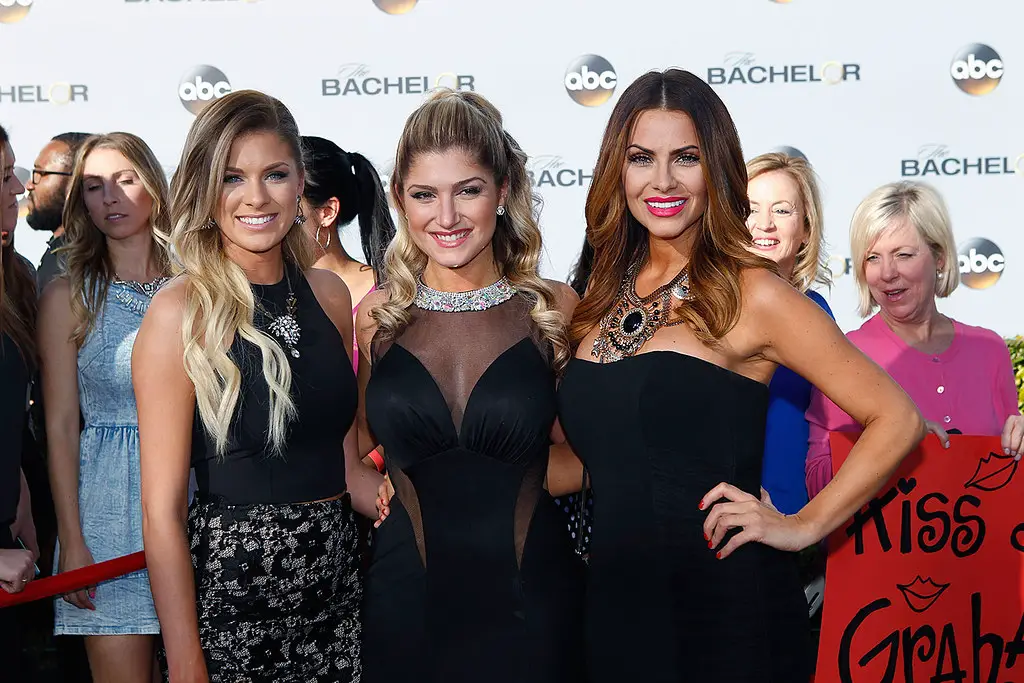
The American reality show The Bachelor has become a cultural touchstone, with millions tuning in each season to watch one man date a group of women in search of his perfect match. For those outside the U.S., the concept of a dating competition can seem bizarre and even uncomfortable. The idea of filming a deeply personal, often awkward process of falling in love—complete with roses and eliminations—seems very foreign.
In many cultures, the idea of love and relationships is considered too intimate for such public consumption. The show’s formula of extravagant dates, public drama, and ultimately choosing a partner for the cameras feels excessive and staged. Still, The Bachelor has built a loyal fanbase, and it’s unlikely that the tradition of “finding love” on television will fade anytime soon.
